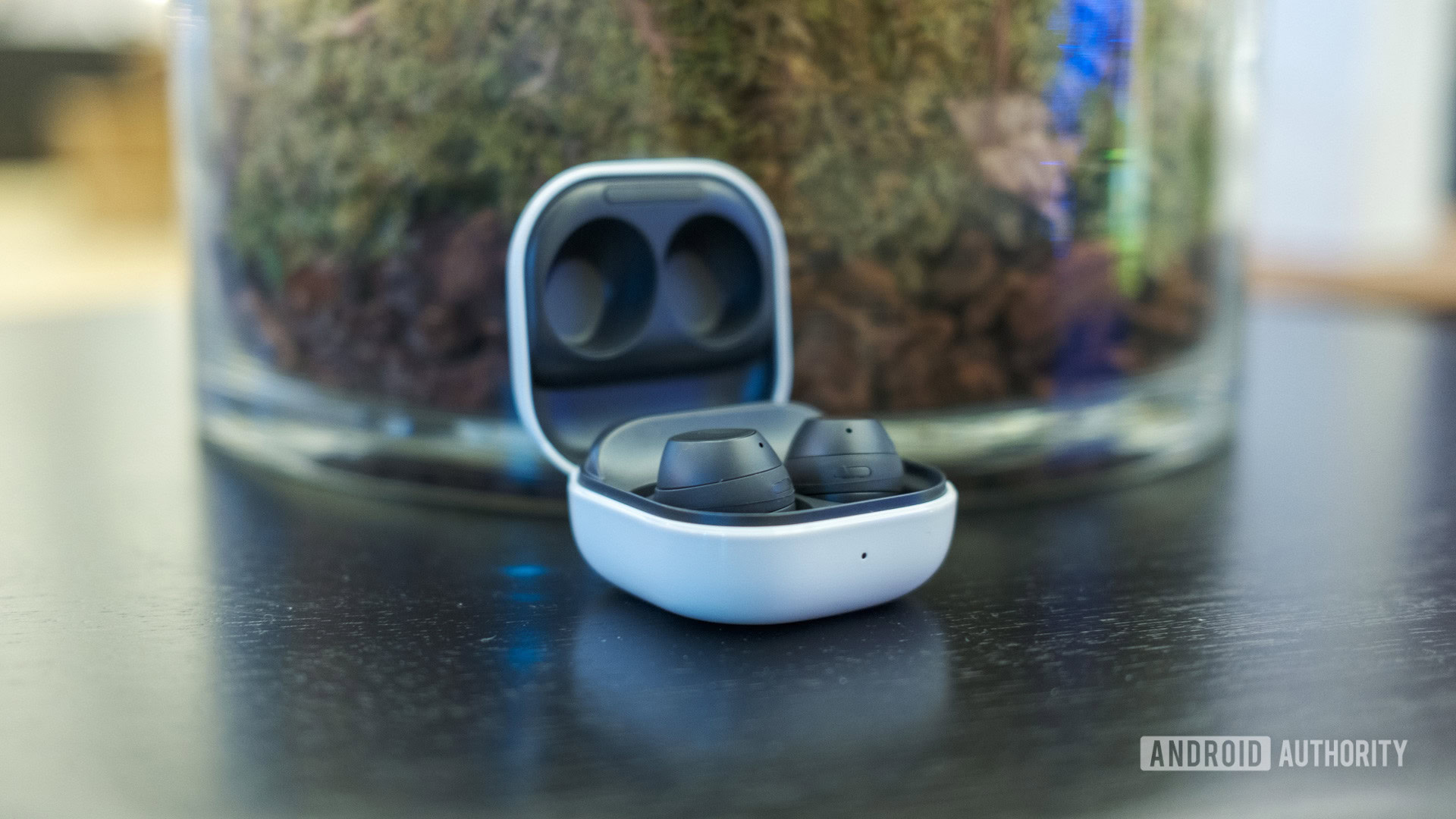Whether it’s the controversial Recall feature or adding AI to classic apps like MS Paint and Notepad, Microsoft has a penchant for adding pointless features to Windows 11. Maybe it helps generate buzz for investors, but for most of us, this translates to bloat on an already bloated operating system.
Windows 11 already has enough issues that we need to rely on third-party mods to fix them. Instead of adding more useless features, it’s time for Microsoft to start fixing the existing ones. Start by removing the mandatory Microsoft account requirement to set up a new PC, bringing back taskbar customization, and perhaps showing me fewer Game Pass ads. Windows 11 needs fewer shiny new features and more fixes to improve usability.
Make Microsoft account optional
Even Apple doesn’t force you to use one during setup
The most infuriating part of setting up a new Windows PC is being forced to create or sign in to a Microsoft account. You can’t proceed without one unless you jump through command-line hoops to set up your Windows 11 PC without a Microsoft account.
While a Microsoft account offers several advantages, such as automatic backup and restore, syncing settings across devices, and seamless integration with Microsoft services, not everyone wants to use a Microsoft account with their PC.
Privacy concerns aside, some people just want a simple local account without their data constantly syncing to Microsoft’s servers. Even Apple, known for its walled garden approach, doesn’t force you to use an Apple ID when setting up a new Mac. You can skip it entirely and add one later if needed.
If you do cave in and use a Microsoft account, you’re stuck with OneDrive’s measly 5GB of free storage for anything system-critical, like Windows Backup. This forced reliance on OneDrive looks more like a hook to get you to upgrade to a Microsoft 365 plan, making it unnecessarily complicated to use alternatives.
Taskbar customization
Restore the vertical and resizable taskbar, fix the widget, and add multi-clock support
Windows 10 lets you move the taskbar to any edge of your screen—top, left, right, or bottom. You could resize it or make it wider for better visibility. In Windows 11, however, the taskbar is glued to the bottom. This becomes an issue for anyone using ultrawide monitors or multi-monitor setups.
Then there’s the widget panel. I prefer keeping my Start menu on the left, which means the widget icon sits on the right side of the taskbar. Every time I move my mouse to the system tray, I accidentally trigger those tabloid-style headlines that Microsoft thinks I care about. While you can turn off news feeds from Settings, it takes a few steps more than necessary, and it’s been designed that way for a reason.
Another feature Microsoft should add to Windows 11’s taskbar is a persistent, always-visible clock that displays multiple time zones. If you work for a company in New York but live in California, or collaborate with teams in different countries, currently, you need to click or hover over the clock to view the additional clocks. This is such a quality-of-life feature, but Microsoft would rather focus on adding AI to Notepad.
Clipboard and keyboard shortcuts
Better clipboard history and keyboard mapping options
Windows 11’s clipboard manager (Win + V) is a step in the right direction, but it’s laughably limited. Windows 11 stores a maximum of 25 items in its history, and they disappear after a restart unless you pin them.
Compare this to free clipboard managers like Ditto, which can store hundreds of items indefinitely with full search capabilities and editing options. The built-in clipboard doesn’t even let you edit items before pasting them.
Keyboard customization is another area where things can be improved. Windows 11 does not allow you to fully remap shortcuts or create your own modifier keys. For instance, I only use the Caps Lock when I accidentally hit it while trying to reach for the Tab key. To turn that into something more useful, you’ll need a third-party tool; even then, you may not be able to fully remap all the keys.
Better window management and multi-monitor setup
Pin apps to a specific screen, a custom workspace, and a better multi-monitor experience
It’s easy to set up multiple displays in Windows 11. You can simply drag and drop them into the settings to arrange them to match your setup.
However, when you unplug your laptop from your dock and plug it back in, every window is shuffled around, and apps don’t remember which monitor they should open on. This means you spend the first few minutes of every work session dragging windows back to their proper screens.
Furthermore, you can’t pin specific apps to specific monitors, create custom workspaces for different tasks, or launch groups of related programs with one click without using an additional tool like PowerToys Workspaces. These features are available in third-party Windows utilities, but Microsoft is not keen on implementing them natively.
The inconsistent DPI scaling between monitors with different resolutions introduces another quirk: it makes text appear blurry, windows resize unexpectedly, and some apps become practically unusable. These aren’t edge cases, but a daily source of frustration with my multi-monitor setup.
Fewer ads, please
Ads in widgets, the notification panel, and even the lock screen
Microsoft loves to show you ads for its different services as if your computer were a billboard. Ads in the “recommended” section of the Start menu for apps you’ll never use, the notification panel pushes Microsoft 365 subscriptions, and even the lock screen tries to sell you on Xbox Game Pass. For an operating system that you paid for (yes, it’s included in your PC’s price), Windows 11 feels increasingly like a billboard.
The widgets panel quietly sits in your Taskbar and serves clickbait headlines and celebrity gossip alongside weather updates. Microsoft seems to think we bought computers to be constantly marketed to, not to get work done.
Often, updates seem to reset preferences and re-enable suggestions and recommendations you’ve already turned off. It’s frustrating to play whack-a-mole with Microsoft’s advertising efforts just to keep your workspace clean.
Windows 11 needs to focus on the basics
Microsoft keeps chasing the next big feature announcement while ignoring the basics that make Windows usable. We don’t need AI in Notepad or Recall to record everything we do. What we need is better window management, a taskbar that works properly, and a choice to set up the computer we paid for without being tied to a Microsoft account.
Until Microsoft starts listening to actual user feedback, Windows 11 will remain a capable OS buried under unnecessary bloat and not-so-user-friendly design decisions.











